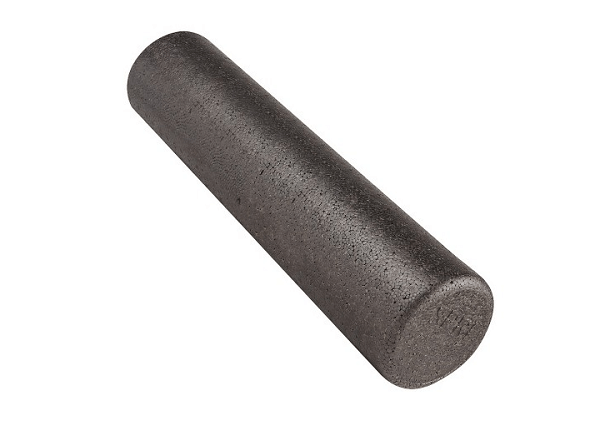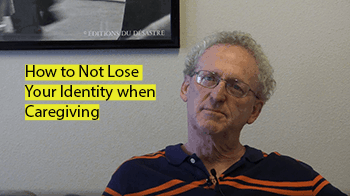
Approximately 50 percent of seniors living alone have reported suffering from chronic pain. The same is true for between 75 and 85 percent of seniors living in care facilities.
If you’re part of the group of seniors experiencing chronic pain, it’s important for you to make sure you have some natural pain relief products on hand.
The products described in this article will help you find relief from your aches and pains without turning to over-the-counter or prescription painkillers.
Why Natural Pain Relief?
Many people are aware of the risks that come with prescription painkillers. However, they don’t realize that nonsteroidal anti-inflammatory drugs (also known as NSAIDs) also come with a number of potentially dangerous side effects, including gastrointestinal issues like ulcers.
These side effects are exaggerated in the elderly, and NSAIDs have become the leading cause of hospitalization among seniors. These drugs may also quadruple their risk of death from ulceration.
Because of the dangers of over consuming NSAIDs, seniors should take advantage of tools that can help ease their pain naturally.
Massage Roller
Many studies suggest that massage can be an effective treatment option for people suffering from chronic pain.
If you can’t afford to go out and pay for a massage, you can bring all the benefits of massage therapy to you with a massage roller.
Self-massage, also known as self-myofascial release or SMR, allows people to work through knots and areas of soreness at home. Self-myofascial release helps to reduce muscle stiffness and improves flexibility and blood circulation to the muscles.
Tips for Effective SMR
To get the most out of your massage rolling, keep these tips in mind:
- Consult your doctor before getting started
- Move slowly and avoid holding your breath
- Apply pressure over affected areas for 20-60 seconds at most
- Don’t put direct pressure on overly painful areas
- Avoid rolling bones, joints, or areas like the neck and lower back
- Drink lots of water following SMR
Choosing the Best Massage Roller
There are a variety of massage rollers that you can choose from.
They’re typically priced between $15 and $100 dollars. Remember, though, that the best massage rollers on the market aren’t necessarily the most expensive or fancy ones. Often, a simple roller will get the job done just fine, especially if you’ve never tried SMR before.
Check online reviews or speak to a salesperson to find a massage roller that meets your specific needs and your budget.
Topical Pain Relief
Topical pain relief products come in a variety of forms, including creams, gels, and rubs. These products have, in some cases, actually been proven to be more effective than oral NSAIDs.
Topical painkillers contain a number of ingredients that help ease aches and pains. Common ingredients include:
- Counterirritants like menthol, methylsalicylate, and camphor. These create a burning or cooling sensation, which acts as a distraction from the pain.
- Salicylates are the same ingredients that make aspirin an effective pain reliever. They’re especially effective at easing pain in the fingers, knees, and elbows.
- Capsaicin, which is the main ingredient in hot chili peppers. It causes a tingling or burning sensation and is especially helpful for joint pain, as well as diabetic nerve pain.
Getting the Best Effects from Topical Painkillers
These tips will help you get the most bang for your buck when using topical painkillers:
- Follow package directions carefully.
- Avoid applying them to wounds and/or damaged skin.
- Don’t use them in conjunction with a heating pad (this could lead to burns).
- Don’t use them underneath a tight bandage.
- Wash hands after using them or wear gloves to apply.
- Avoid touching the eyes and/or genitals with the product still on your hands.
- Avoid taking products that contain salicylates if you are allergic to aspirin or are on blood thinners.
Seat Cushions
A seat cushion is a valuable tool for helping seniors relieve and avoid chronic pain, especially in the lower back.
Seat cushions help improve your posture and avoid pain and pressure sores while sitting at home, in the car, or in a wheelchair or mobility scooter.
Choosing the Right Cushion
Seat cushions are made from a variety of materials, including memory foam and gel, and come in a variety of styles, including traditional pillows and ring cushions to reduce pressure placed on the tailbone while sitting.
Look for the following characteristics when shopping for a cushion to make sure you get one that is durable and supportive:
- Between 3 and 4 inches thick
- Covered with an easy-to-clean and durable fabric
- Specialized material on the bottom to prevent slipping
- Specialty shapes for customized support (saddle shape for people who tend to slide forward, back cushions for keep the spine aligned properly, or extra long cushions to protect the neck and shoulders).
Before you purchase any cushion, be sure to measure it and the chair you’ll be using it with to make sure it fits properly.
Hot and Cold Pads
Hot and cold therapy is one of the most common at-home treatment options for people with chronic pain. This is because it can work wonders for sore muscles and joints. Keep hot and cold packs on hand (or make them yourself with ice in a ziplock bag or rice in a knotted sock) to ease pain and reduce inflammation.
Cold packs work by numbing sore areas and reducing inflammation by restricting blood flow to injuries. Heat, on the other hand, helps relax the muscles, decreases pain sensations, and dilates the blood vessels. This sends oxygen and blood to the affected areas to help promote healing.
Tips for Effective Hot/Cold Treatment
If you’re not careful, you can end up damaging your skin while treating your pain with hot and cold packs. These tips will help you get the most relief possible, without sacrificing your skin in the process:
- Don’t use packs for more than 15-20 minutes at a time.
- Place a towel between the skin and the cold/hot pack.
- Don't use packs on open cuts or sores.
- Don't use cold packs if you suffer from vasculitis or poor circulation.
- Test hot/cold packs’ temperature before using them.
- Don’t use packs in conjunction with topical pain relievers creams.
- Don’t make bath or shower water too hot, as this can lead to dizziness or fatigue.
Wrapping Up
If you suffer from chronic pain and want to avoid taking prescription painkillers or NSAIDs, pick up one (or more) of these natural pain relief tools today. You’ll be amazed at how effectively some of these simple tools can ease your chronic pain and get you back to living your life!


Comments